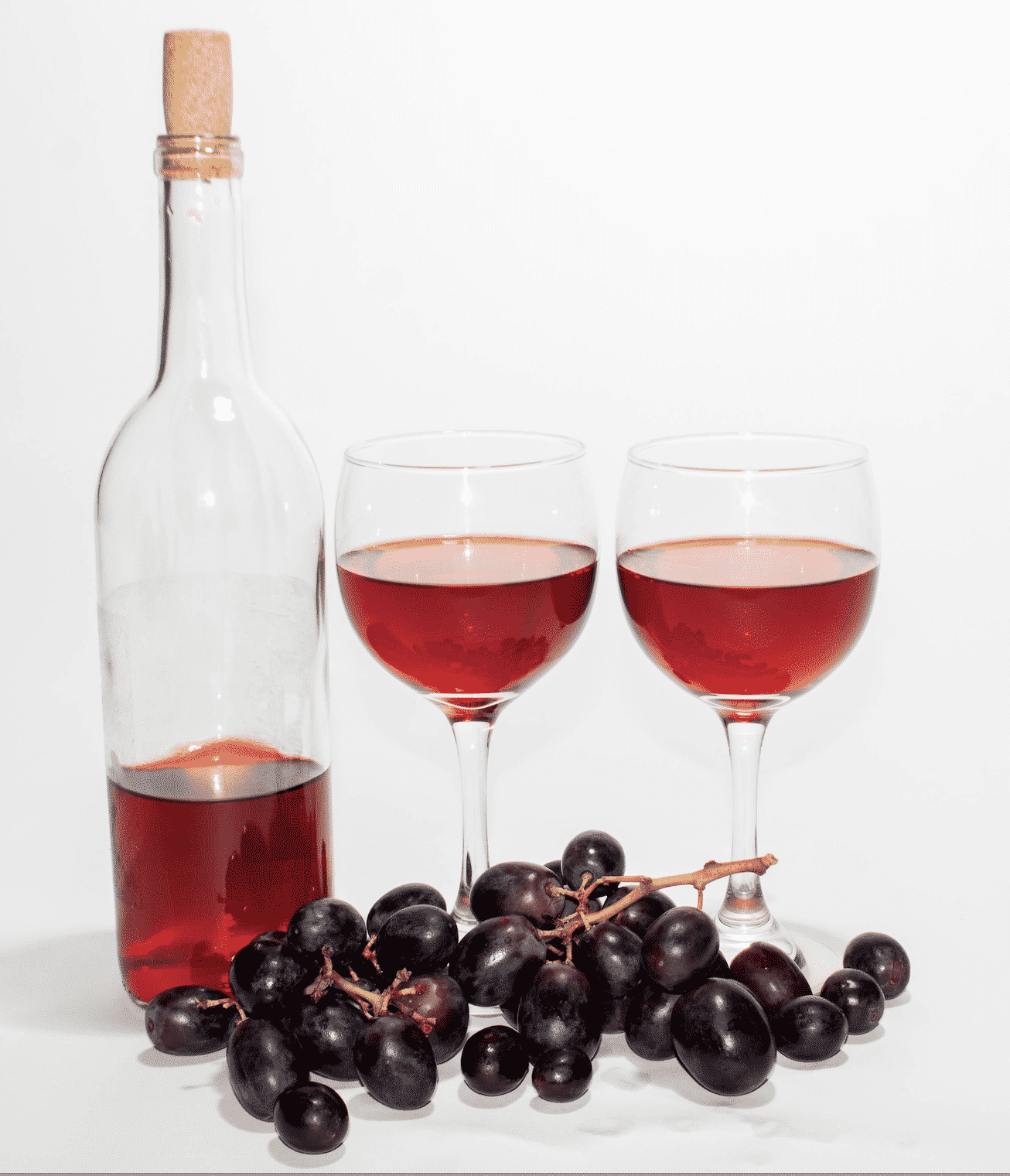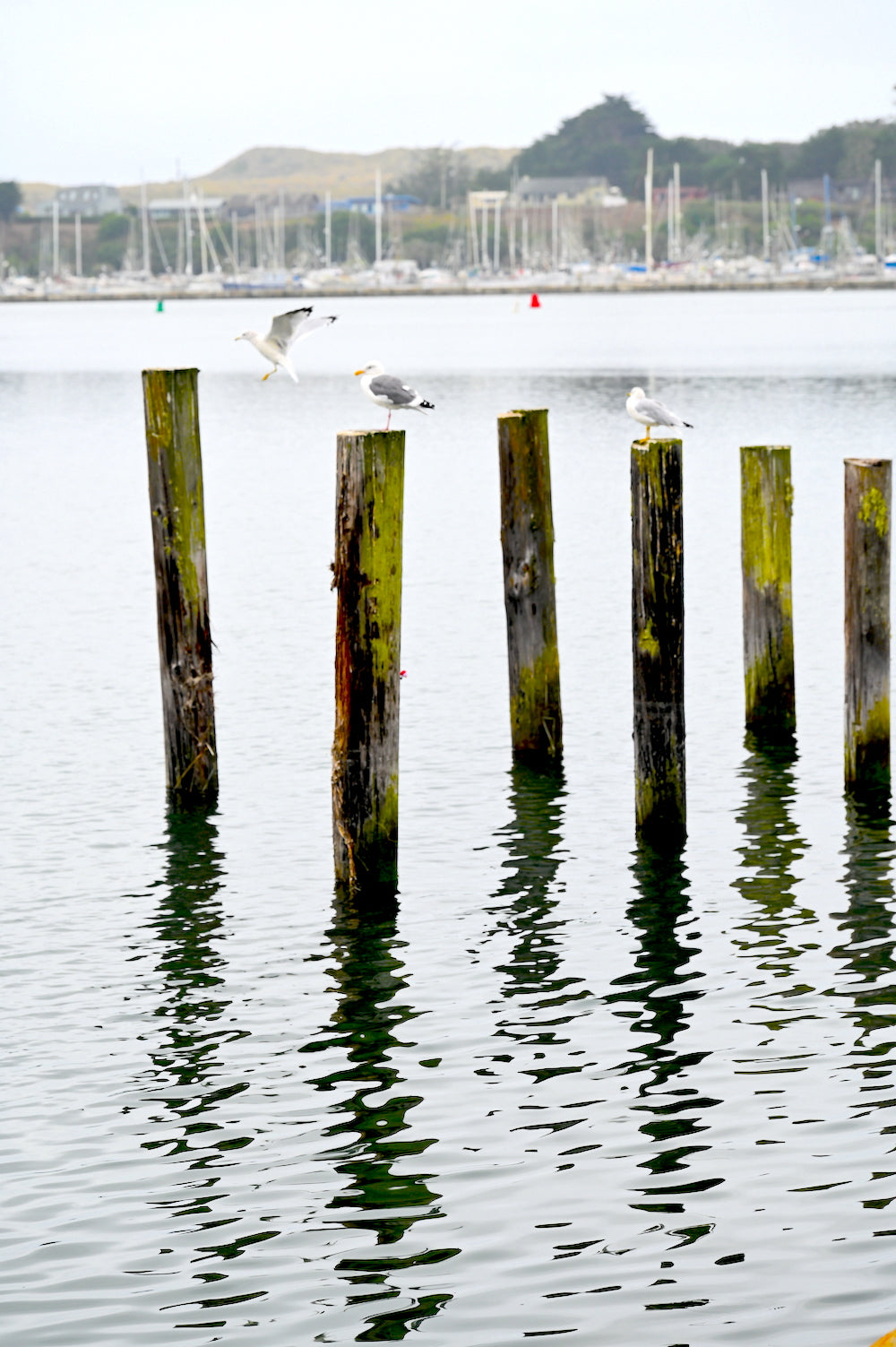Unique Wine And Food Pairings In Sonoma - Sebastopol Wine Country Vineyards Adventure
Unique Wine And Food Pairings In Sonoma - Sebastopol Wine Country Vineyards Adventure
Blog Article
Vineyard Tours With Guided Tastings In Sonoma - Sebastopol Vineyard Visits
Wine tasting is an art that mixes sensory experience with an appreciation for the nuances of various varietals. How to judge flavors in winery wine tasting sessions is pivotal to grasping the complexities of wine.
Partaking in a wine tasting entails greater than simply sipping and savoring. It requires a focused approach to establish aromas and flavors that each wine presents. As you start, observe the wine's look, noting its shade and readability. These visual cues usually recommend a wine’s age, grape variety, and even potential flavor profiles.
The subsequent step in the tasting process is to swirl the wine in your glass. This motion releases aromatic compounds which may be very important for evaluation. Lean in and take a moment to inhale deeply; the aromas can vary from floral and fruity to spicy and earthy. The nostril of the wine is simply as important because the palate, and recognizing scents performs a big position in understanding the general experience.
When taking your first sip, permit the wine to maneuver throughout your palate - Wineries Near Sonoma Square. Discover the initial flavors that present themselves. Is the wine fruity, floral, or maybe herbaceous? This initial taste gives insight into what the wine is prone to express as you proceed to gauge it. The mouthfeel additionally contributes to the overall flavor experience; it can be silky, tannic, and even effervescent.
Wineries Known For Sustainable Practices In Sonoma - Sonoma Wine Tastings
As you continue tasting, pay attention to the wine’s stability. A well-balanced wine will harmonize acidity, sweetness, and tannins. If one element overwhelms the others, it would indicate a less fascinating quality. Evaluating stability might help you determine how nicely the wine may pair with food.
Transitioning to the finish, contemplate how the flavors evolve as the wine lingers in your palate. A long, nice end can indicate a high-quality wine, while a short or abrupt end may recommend in any other case. Mirror on whether or not the flavors remain consistent or if new notes emerge as the wine settles. This development can reveal complexities and intricacies which may not have been apparent within the initial tasting.
Temperature can additionally be an important consider evaluating wine flavors. Totally Different forms of wine are optimally enjoyed at particular temperatures. White wines usually shine when chilled, whereas red wines typically carry out greatest at room temperature. When tasting, ensure the wine is at the applicable temperature to completely respect its character.
Wineries Near Santa Rosa - Scenic Wineries Of Sebastopol
Pairing food with wine can significantly enhance the tasting experience. Meals can affect the notion of flavors in wine, both highlighting sure traits or diminishing them. When evaluating flavors, contemplate how the wine interacts with completely different meals, noticing which flavors are amplified or muted (Wineries With Educational Tours In Sonoma).
Consider the influence of terroir as you have interaction in a winery tasting. Terroir encompasses the distinctive environmental factors that have an effect on grape rising, including soil composition, local weather, and geography. Understanding a wine's terroir can present insight into its flavors and aromas, fostering a deeper appreciation for the choices made during its cultivation and production.
Schooling performs a basic function in enhancing one's capacity to judge wine flavors. Studying about grape varieties, wine regions, and manufacturing methods can pave the way for more informed judgments throughout tastings. Additionally, attending workshops or classes can refine sensory skills and increase your flavor vocabulary, enabling you to articulate tasting notes more successfully.

Lastly, it's essential to do not forget that evaluating check it out wine flavors is a extremely personal experience. Individual preferences and perceptions will invariably form one’s tasting journey. Enjoyment ought to be at the forefront, with the evaluation process appearing as a tool to enhance understanding and appreciation somewhat than create inflexible pointers.
Remarkable Craft Wineries In Sebastopol - Sebastopol Wine Country Vineyards Adventure
In conclusion, mastering the way to evaluate flavors in winery wine tasting classes involves a mixture of sensory engagement, knowledge, and practice. By learning to determine aromas, assess the steadiness, and appreciate the intricacies of flavor, wine enthusiasts can deepen their connection to each bottle they encounter. As with any art check this site out form, the more one immerses themselves in the experience, the more they will uncover and enjoy the vast world of wine.
- Begin by observing the wine's shade and readability, as these visible parts can hint at its flavor profile and growing older potential.
- Swirl the wine gently in your glass; this releases aromatic compounds, allowing you to higher establish the advanced scents related to the wine.
- Take a deep inhale earlier than tasting, specializing in both main and secondary aromas to assemble insights on fruits, spices, and different nuances.
- When tasting, enable the wine to coat your palate; note the initial flavors, the mid-palate complexity, and the finish as these levels can present completely different flavor highlights.
- Pay attention to texture and mouthfeel, as elements similar to tannin levels, acidity, and sweetness contribute significantly to the overall tasting experience.
- Compare flavors against standard wine characteristics; for pink wines, think about berry notes, oak affect, and natural tones, whereas whites might include citrus, stone fruits, and floral hints.
- Take notes in the course of the tasting session to track your impressions, helping you to recollect and consider the completely different wines sampled.
- Discuss your findings with fellow tasters or winery employees, as sharing insights can improve understanding and appreciation of particular person flavors.
- Enable time for the wine to breathe; generally, flavors evolve and reveal new dimensions after being exposed to air.
- Experiment with food pairings during the tasting as they'll dramatically alter how flavors are perceived, influencing total enjoyment.undefinedWhat ought to I look for when evaluating the aroma of wine throughout a tasting?
Begin by swirling the wine in your glass to release its aromas. Convey the glass to your nostril and take a deep breath. Pay consideration to the primary scents you detect, as these are often the most prominent. Look for fruit, floral, herbal, or earthy notes and try to identify particular traits, which is able to deepen your understanding of the wine's complexity.
Wineries Offering Elegant Wine Tastings - Best Winery Located In Sonoma

How can I distinguish between different flavor profiles in wine?
Understand that flavor profiles are often categorized as fruit, floral, herbaceous, spicy, or mineral. Take small sips and allow the wine to coat your palate. Notice the primary flavors that emerge first and the subtle notes that observe. This layering is essential in distinguishing the wine's characteristics and can assist you to respect its unique profile.
Wineries Focusing On Single Vineyard Wines - Sebastopol's Best Wine Trails
What is the importance of the wine's texture in a tasting?
The texture of the wine, also called mouthfeel, plays a vital position in how we understand flavors. Pay attention as to whether the wine feels smooth, creamy, or gritty. The physique of the wine (light, medium, or full) can improve or contrast with flavors, offering a extra rounded experience during tasting.
How do I assess the stability of flavors in wine?
Steadiness in wine refers to the concord between acidity, sweetness, tannin, and alcohol. Take a moment to evaluate whether or not these components complement or intrude with each other. A well-balanced wine could have none of its elements overpowering the others, creating a nice tasting experience.
Remarkable Craft Wineries In Sebastopol - Sonoma Wine Retreats
What function does temperature play in evaluating wine flavors?
Temperature can significantly impression the notion of flavors. Typically, red wines are finest served barely below room temperature, while white wines take pleasure in being chilled. As the temperature changes, the aromas and flavors can shift, permitting you to perceive different characteristics. It’s important to style wine at its optimal temperature for true analysis.
Vintage Wine Tasting Experiences In Sebastopol - Wine Tasting Activities In Sebastopol
How can I enhance my tasting skills over time?
Practice is vital to enhancing your tasting skills. Local Favorite Wineries In Sonoma. Attend tastings, maintain a journal of your experiences, and discover various sorts of wines to broaden your palate. Moreover, learning about wine manufacturing and grape varieties can present context that enhances your analysis course of, making you a more knowledgeable taster.
Is there a selected order by which I should taste the wines?
Wineries With Beautiful Architecture - Top-Rated Wineries In Sebastopol
Yes, it’s advisable to style wines from light to full-bodied and dry to candy. This progression prevents the stronger flavors from overshadowing the more delicate ones, permitting you to completely respect each wine's traits and nuances without palate fatigue.
How can I consider the aftertaste of wine?
Wine Tasting Events In Sonoma County - Sebastopol Wineries
The aftertaste, or finish, is a vital facet of the wine-tasting experience. After swallowing, pay consideration to how lengthy the flavors linger on your palate and whether or not they change. A lengthy, nice end is often an indicator of a high-quality wine, whereas a brief or unpleasant end might counsel in any other case.
Why is it essential to notice the wine’s acidity throughout tasting?
Acidity contributes to the overall freshness and structure of the wine. Pay attention to the tingling sensation on your tongue; greater acidity can enhance the wine's liveliness and stability out sweetness. Noting acidity helps decide the wine's versatility with food and its getting older potential.
What should I do if I struggle to determine specific flavors in wine?
Wineries Near Santa Rosa - Finding Good Wineries For Wine Tasting
Struggling to determine flavors is common, particularly for newbies. Focus on broader categories and describe what you can recognize, corresponding to candy or earthy notes. With practice, reading about completely different flavor profiles, and maybe utilizing flavor wheels, you may refine your senses and develop a more nuanced approach to tasting. Report this page